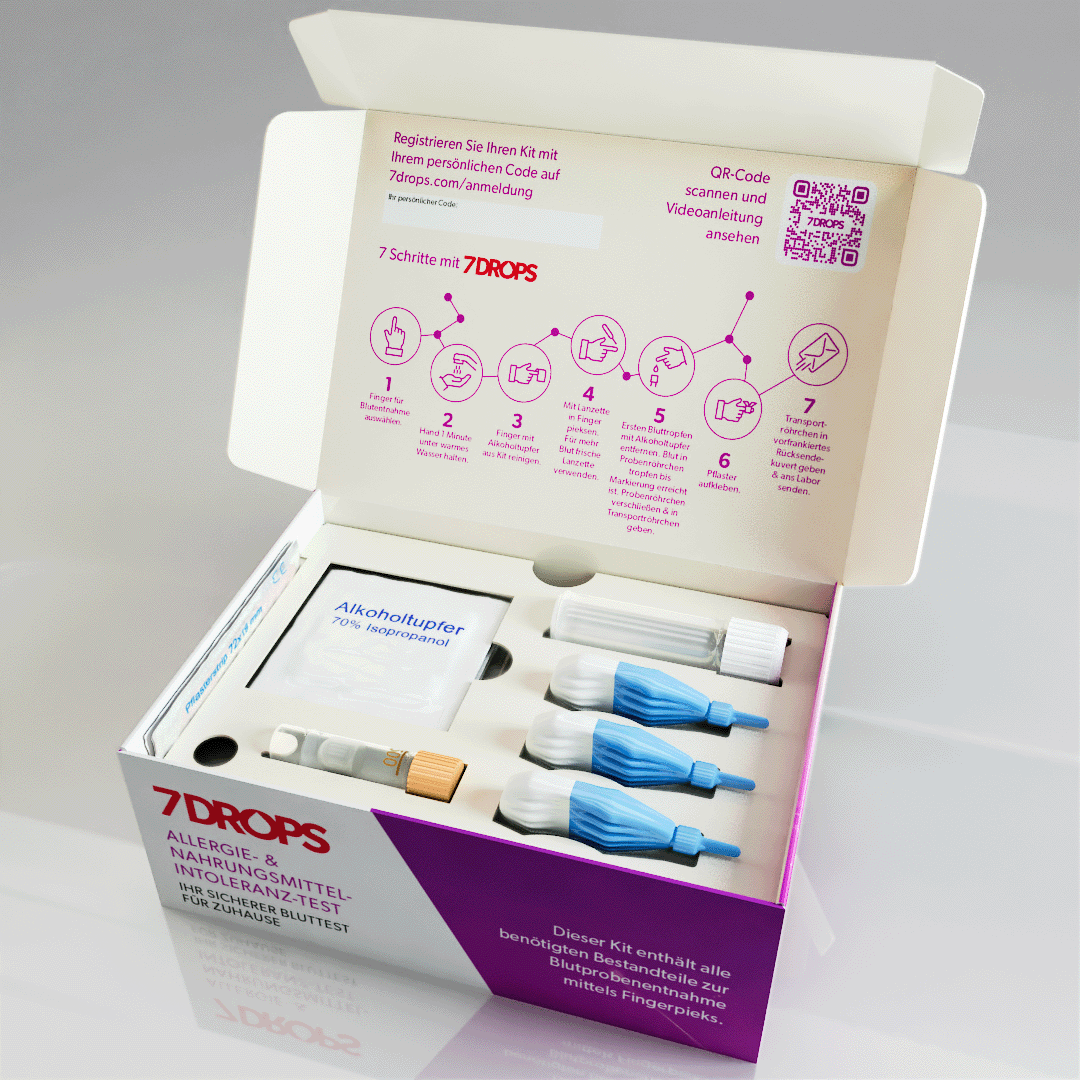The word mould is an umbrella term for a diverse number of fungal species – microbes that cause biodegradation of natural elements (= spoiling foods) or damage to property, for example the walls and furniture in your house.
Nobody wants mould inside their four walls – not only does the growth of mould look and smell bad, but mould can also cause allergic and asthmatic symptoms when the microscopic spores are breathed in.
But where does mould usually hide in? There are some obvious and less obvious places where you should check for unwanted growth of fungi:
1. On and under the doormat
Doormats are great – they help you clean your shoes from traces of mud, grass, dirt, and snow before you enter your home. Unfortunately, doormats also trap moisture and present a perfect breeding ground for mould. To prevent mould growth, clean and dry your doormat (as well as the space beneath it) regularly before you put it into its usual spot again.
2. Beneath wallpaper and drywall
You might not be able to see it, but mould loves to grow underneath wallpapers and drywall. Before you install new wallpapers, make sure to prime the wall with mould-inhibiting paint to prevent growth in the future. If you already have wallpaper or drywall installed, you can always check the seams between the ceilings, floors, and the wallpaper for any suspicious growth.
3. Inside toothbrush holders
You probably use your toothbrush at least twice a day and then leave it behind to dry in its container. The remaining moisture on your toothbrush eventually drips down the handle and collects at the bottom of the toothbrush holder, which is the perfect space for mould to grow. To prevent that from happening, wash the toothbrush holder regularly with dish soap and hot water and dry thoroughly before using it again.
4. Under the sink, in the shower & bathtub
Mould loves moist and warm spaces. Therefore, it thrives in badly ventilated bathrooms with appliances that are constantly in use and remain damp for most of the time. Check sponges, shower heads, shower curtains, faucets, and the space beneath your sink for mould. Keep your bathroom well-ventilated to counteract any growth.
5. Windows and windowsills
Humidity causes condensation to collect on the inside of windowpanes, dripping down and leaving the windowsills and sometimes the wall beneath and around it moist. If condensation collects on the inside of your windows, dry it off regularly and make sure the air in the respective room is circulated well by fully opening the window and airing the room for at least 10 minutes a day. Using a dehumidifier can also be of help.
6. On or underneath mattresses
The damp and warm climate in your bed is not only the perfect breeding ground for house dust mites. Mould also loves the excess moisture that can collect on and underneath your mattress. If possible, invest in a waterproof mattress cover to help prevent mould growth. Use a slatted bed frame to ensure air circulation that will keep your mattress dry. Air out your bedroom regularly and try to keep it cool and dry.
7. Inside plant pots
Plants can be tricky. If kept correctly, they can aid the air purification in your home. If you overwater them and there is too much excess moisture in the pots, it is the perfect breeding ground for mould. Check your indoor plants for mould growth regularly and make sure not to overwater them. Keeping the humidity in your rooms at an optimal level also helps.
8. Around boilers and water heaters
The drains that remove excess moisture building up in boilers and water heaters can get clogged or rust over time. When that happens, the liquid cannot drain and the walls, floors, and ceilings around the unit can become damp and cause mould to grow. Boilers and water heaters are often installed in basements, which are already rooms prone to dampness. Consider using a dehumidifier to counteract the collection of moisture and check the drains of your units regularly.
9. The pantry and refrigerator
Mould loves to grow on food – especially expired food items. Wipe down the surfaces of your pantry cabinets and your refrigerator regularly to combat dampness. Check your food items for expiration dates and throw out foods that look suspicious.
10. Curtains, carpets, and upholstery
Mould spores can easily collect and grow on all the different fabrics in your home, because they trap a lot of dust, dirt, and skin particles – basically food for mould spores. Excess moisture, spills of liquids, or plumbing leaks can provide the perfect breeding ground for mould very fast. To minimize the risk of that happening, make sure to keep your carpets and other fabric-covered surfaces dry, vacuum clean regularly, and quickly dry spillages as they happen.





